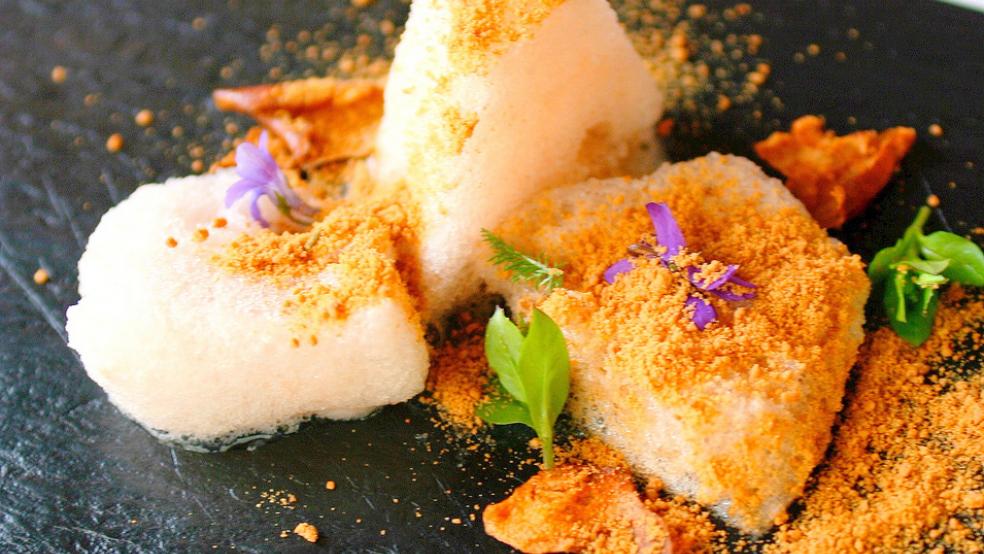While overall food prices haven’t changed much this year, the cost of dining out is growing five times faster than inflation, according to the latest Consumer Price Index data.
The price hike reflects a move by chain restaurants to increase prices as a way of making up for weakening traffic. “That’s working now, but higher labor costs and greater technology investments may push restaurants to further raise prices in 2016,” reports BurgerBusiness. “The strategy could backfire if the gap between supermarket and restaurant prices widens.”
Right now, consumers are spending about the same amount in restaurants and bars as they are in grocery stores, according to the Census Bureau.
Related: The Fed Just Raised Rates. Here’s What It Means for Your Money
The cost of meals at quick service restaurants is up 2.7 percent this year, while the prices of full-service restaurant dining rose 2.4 percent. The cost of meals at cafeterias (including workplaces and schools) grew the fastest at 4.9 percent, the CPI figures show.
Supermarket are trying to attract time-pressed consumers by increasingly offering prepared meals that require little more than reheating at home. The prices of such meals tend to be higher than the cost of their ingredients, but less than the price of eating out or ordering in.
Restaurant prices could rise even further if wages for fast-food workers and others continues to climb. Increasing wages to $15 per hour, as favored by advocates such as presidential candidate Bernie Sanders, would lead to a more than 4 percent increase in fast-food prices, according to a report released last summer by Purdue University.





